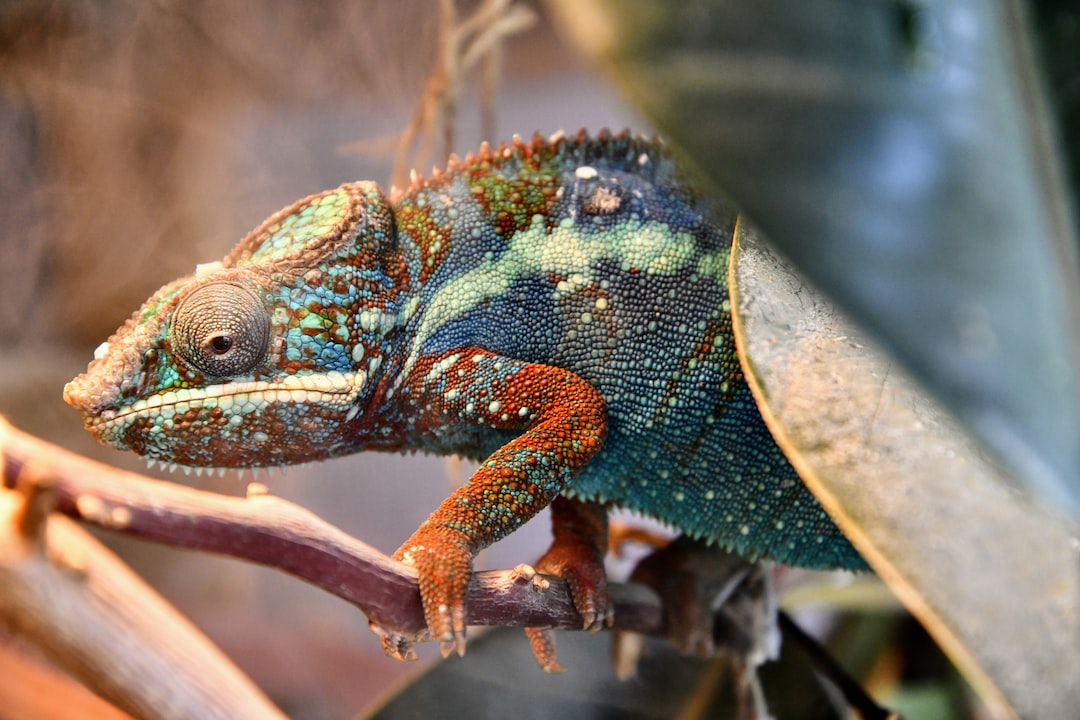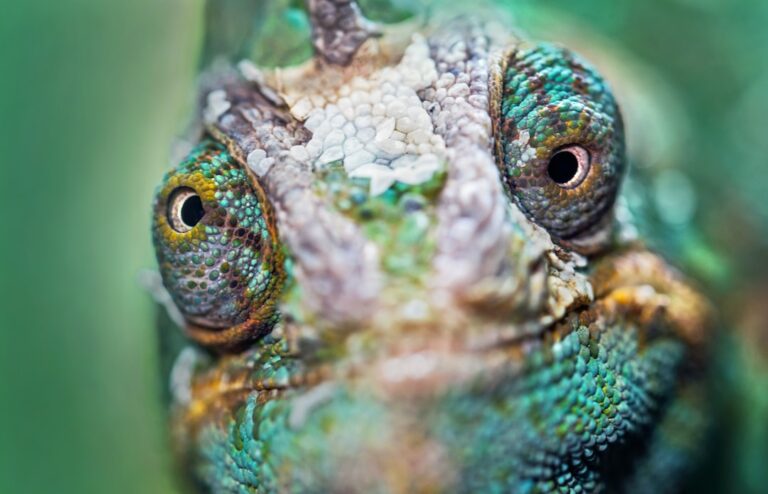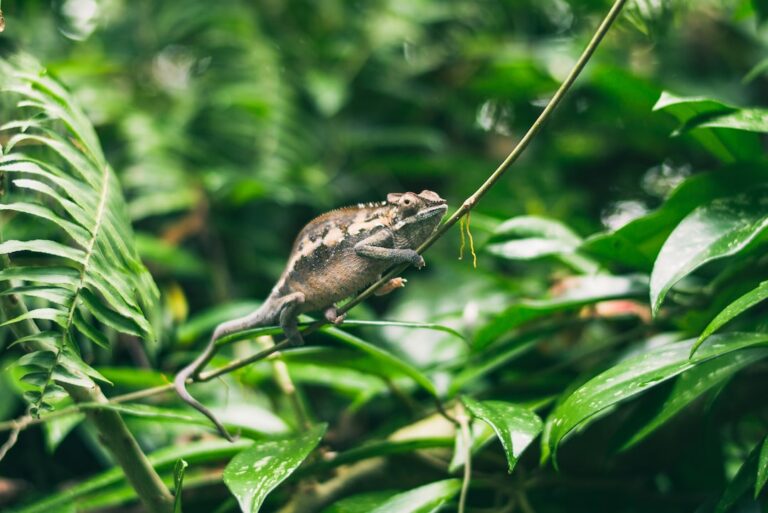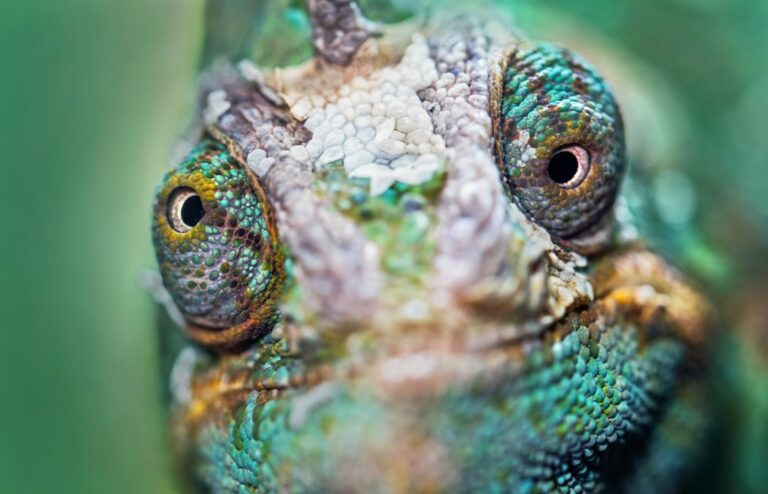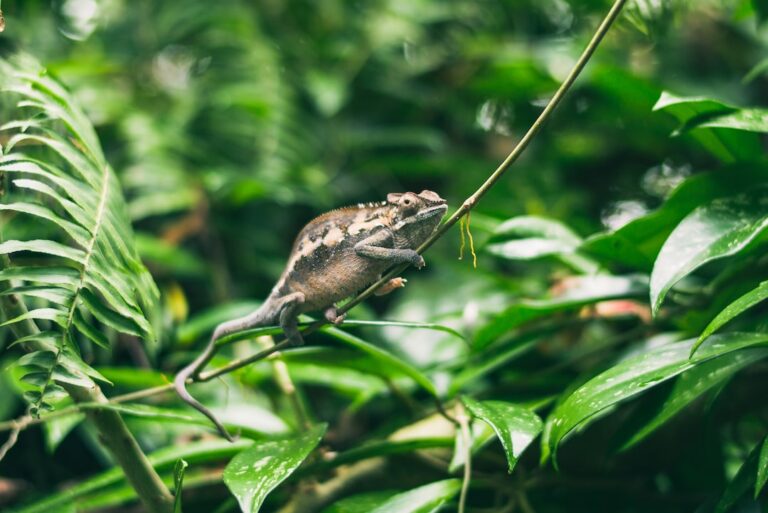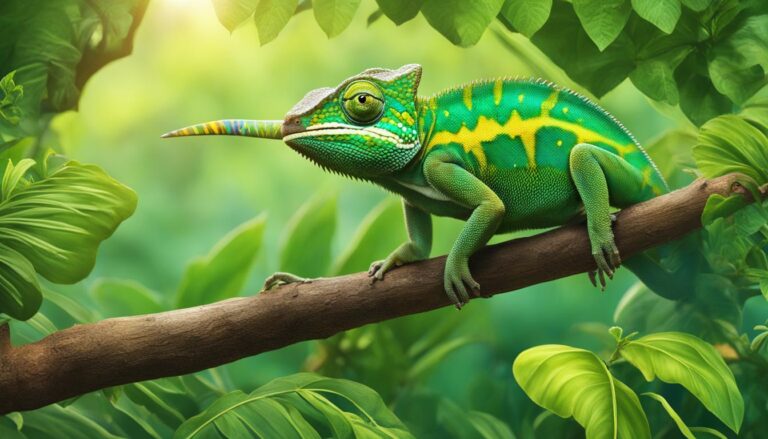Are Chameleons Dangerous?
Chameleons are a fascinating species of reptiles known for their ability to change color and blend into their surroundings. They belong to the family Chamaeleonidae and are native to Africa, Madagascar, and parts of southern Europe and Asia. Chameleons come in a variety of sizes and colors, with some species growing as small as an inch and others reaching lengths of up to two feet.
One of the reasons why chameleons are popular pets is their unique appearance and behavior. Their ability to change color is not only visually stunning but also serves as a form of communication and camouflage. Additionally, chameleons have a distinctive tongue that can extend up to twice the length of their body to catch prey. These characteristics make them intriguing pets for reptile enthusiasts.
Table of Contents
Understanding Chameleon Behavior
In the wild, chameleons are solitary creatures that spend most of their time in trees. They are known for their slow movements and deliberate mannerisms. Chameleons have excellent eyesight and can rotate their eyes independently, allowing them to have a 360-degree view of their surroundings. They use this visual acuity to spot prey, predators, and potential mates.
When kept in captivity, chameleon behavior can change due to the different environment. They may become more stressed or anxious, which can lead to changes in eating habits or coloration. It is important for chameleon owners to create a suitable habitat that mimics their natural environment as closely as possible to ensure the well-being of their pets.
Common Misconceptions about Chameleons
There are several common myths about chameleons that persist despite being untrue. One of the most prevalent myths is that chameleons change color to match their surroundings. In reality, chameleons change color as a response to temperature, light, mood, and social interactions. Another myth is that chameleons can change color to blend into any background. While they can change color to match their immediate environment, they are limited by the colors they can produce.
These misconceptions about chameleons may stem from their unique appearance and behavior. Their ability to change color and blend into their surroundings is often misunderstood, leading to these myths being perpetuated. It is important for chameleon owners and enthusiasts to educate themselves about the true nature of these reptiles to ensure their proper care and well-being.
Are Chameleons Venomous?
Chameleons are not venomous in the traditional sense. However, some species of chameleons have specialized glands in their mouths that produce a mild venom. This venom is used primarily for self-defense and to subdue prey. The venom of chameleons is not harmful to humans and is generally considered to be harmless.
While chameleon venom is not dangerous to humans, it is important to handle these reptiles with care. Chameleons have delicate bodies and can become stressed or injured if mishandled. It is best to avoid handling chameleons unless necessary and to always approach them with caution.
Potential Dangers of Handling Chameleons
Handling chameleons can be risky for both the reptile and the handler. Chameleons have delicate bodies and can easily become stressed or injured if mishandled. They are not built for handling like other pets such as dogs or cats, and their bodies are not designed to support their weight when held.
In addition to the physical risks, handling chameleons can also cause stress and anxiety for the reptile. Chameleons are solitary creatures that prefer to be left alone. Handling them can disrupt their natural behavior and cause unnecessary stress.
Health Risks Associated with Chameleons
Chameleons are susceptible to a variety of health issues, some of which can be life-threatening if not properly addressed. One common health issue in chameleons is metabolic bone disease, which is caused by a lack of calcium and vitamin D3 in their diet. This can lead to weak bones, deformities, and even death.
Other health issues that chameleons may face include respiratory infections, parasites, and eye problems. It is important for chameleon owners to provide a proper diet, maintain appropriate humidity levels, and regularly clean their enclosure to prevent these health issues from occurring.
Chameleons and their Prey: A Look at their Diet
In the wild, chameleons primarily feed on insects such as crickets, grasshoppers, and flies. Some larger species of chameleons may also eat small birds or reptiles. It is important for chameleon owners to provide a varied diet that includes a variety of insects to ensure their pet’s nutritional needs are met.
Feeding pet chameleons can be challenging as they have specific dietary requirements. It is important to provide gut-loaded insects, which are insects that have been fed a nutritious diet before being fed to the chameleon. This ensures that the chameleon receives the necessary vitamins and minerals from its prey.
How to Safely Interact with Chameleons
While handling chameleons should generally be avoided, there are ways to safely interact with them. One way is through observation. Chameleons are fascinating creatures to watch and can provide hours of entertainment. By observing their behavior and movements from a distance, you can learn more about their natural habits and preferences.
Another way to safely interact with chameleons is through environmental enrichment. Providing a stimulating environment with plenty of hiding spots, climbing branches, and live plants can encourage natural behaviors and provide mental stimulation for the chameleon.
Keeping Chameleons as Pets: Risks and Precautions
Keeping chameleons as pets comes with its own set of risks and precautions. It is important to research the specific needs of the species you are interested in and ensure that you can provide a suitable habitat and diet. Chameleons require a specialized setup with proper lighting, temperature, humidity, and ventilation.
Additionally, chameleons can be expensive to care for. They require regular veterinary check-ups, a steady supply of live insects, and specialized equipment such as UVB lights and misting systems. It is important to consider the financial commitment involved in owning a chameleon before bringing one into your home.
Understanding the Risks of Chameleon Ownership
In conclusion, owning a chameleon can be a rewarding experience for reptile enthusiasts. However, it is important to understand the risks and responsibilities that come with chameleon ownership. Chameleons have specific needs and require a specialized setup to thrive.
By educating yourself about chameleon behavior, debunking common myths, and understanding the potential dangers associated with handling and keeping chameleons as pets, you can ensure the well-being of these fascinating creatures. Responsible chameleon ownership involves providing a suitable habitat, a proper diet, and regular veterinary care to ensure that your pet lives a healthy and happy life.
If you’re interested in learning more about the behavior of reptiles, you might want to check out this article on Are Turtles Territorial? It delves into the fascinating world of turtles and explores whether they exhibit territorial behavior. Understanding the behaviors of different reptiles can help us better appreciate and care for these unique creatures.

